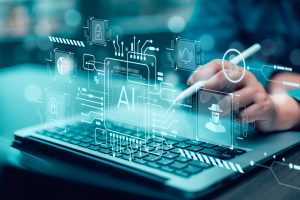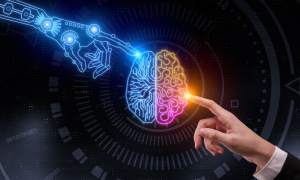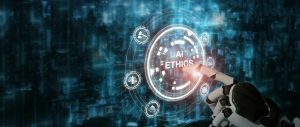Artificial intelligence is revolutionizing the creative world, but many ask: Does AI actually create new images? AI models like Dall-E Generator don’t just replicate—they generate original images based on learned patterns and prompts. This article explores the mechanics, applications, and ethical considerations of AI-generated art.
Understanding AI-Generated Images
Artificial intelligence has drastically changed how we create and consume images. But does this mean that AI actually creates new images, or does it simply remix existing data? To understand this, we need to look at how AI processes visual information , Create Ai Images and new content.
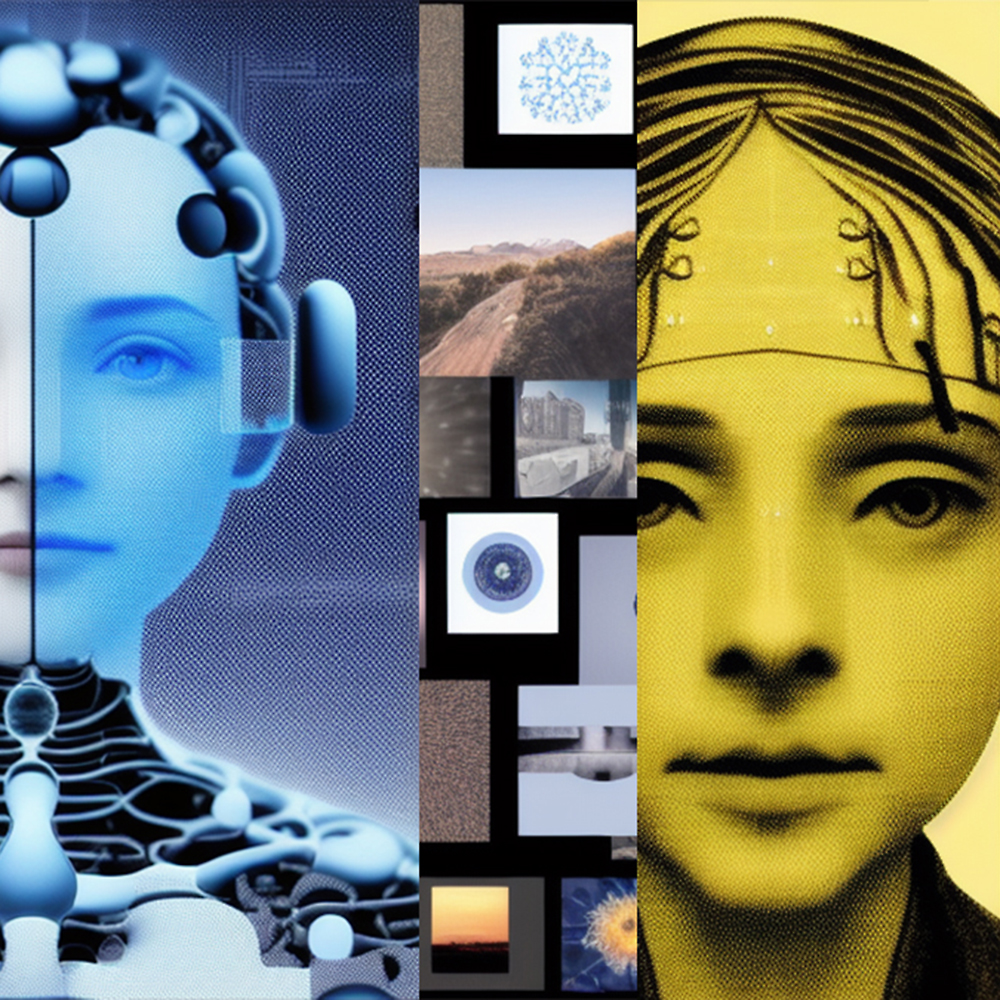
How AI Generates Images
AI image generators rely on deep learning and neural networks to produce visuals. The process typically follows these steps:
Neural Networks and Training Data
AI models like Dall-E Generator analyze millions of images to understand patterns, textures, and compositions. By identifying relationships between different elements, the AI learns how to generate coherent and visually appealing images.
You may also like:
- Ai With Pictures Input
- How To Turn Picture To 2.5d With Ai
- Ai Convert Your Image Into Something Fantastic
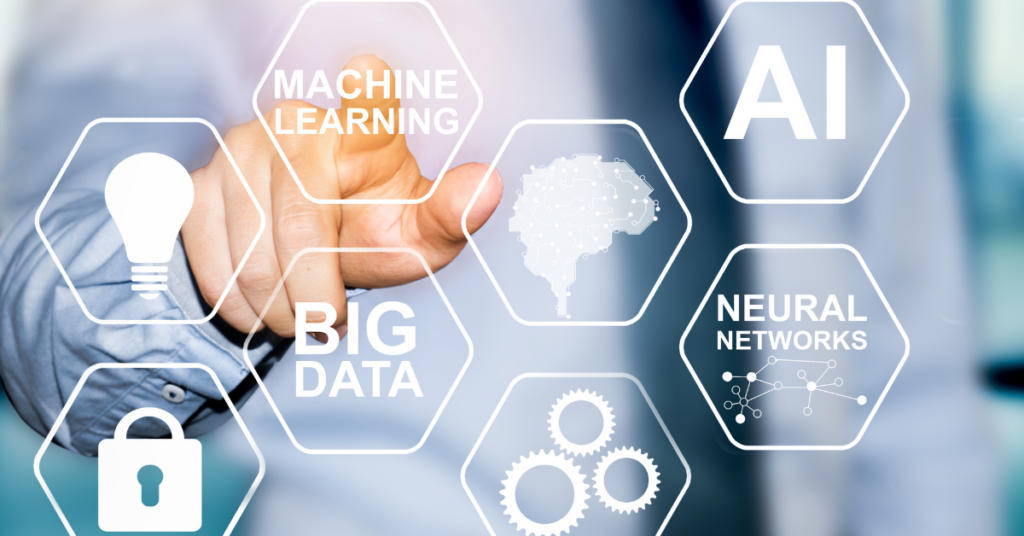
Latent Space Representation
AI doesn’t store images in a database. Instead, it maps visual concepts into a multidimensional “latent space,” where similar features are grouped. When a user inputs a prompt, the AI retrieves and combines elements from this space to create a new image.
Discover more:
Generative Adversarial Networks (GANs)
Some AI systems use GANs, which consist of two competing neural networks:
- The Generator creates images.
- The Discriminator evaluates them for realism.
Over time, the generator improves its ability to produce high-quality images.
Diffusion Models
Another approach, used by Dall-E Generator, involves starting with random noise and refining it into a detailed image. This process mimics artistic techniques where rough sketches gradually transform into polished artworks.
If you’re interested, check out:
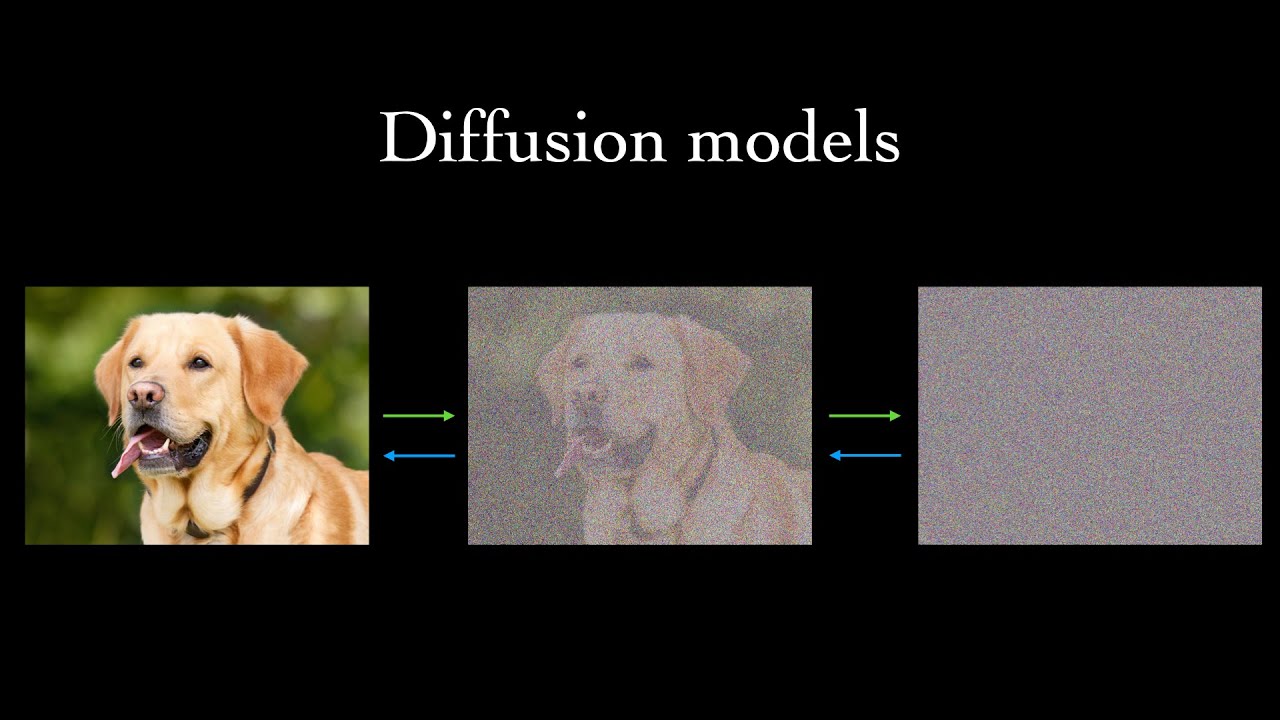
Does AI Actually Create New Images or Just Remix Existing Ones?
The debate over AI-generated images centers on originality. When AI produces an image, is it truly new, or is it a recombination of pre-existing elements?
Arguments for Originality
- AI-generated images are not direct copies of training data. Instead, they are new interpretations based on learned relationships.
- The outputs are unique, meaning no two AI-generated images are exactly the same.
- AI can generate images of things that don’t exist in the real world.
Arguments Against Originality
- AI models rely on pre-existing data, meaning they can’t create something entirely outside their training set.
- The AI lacks consciousness, meaning it doesn’t have “ideas” or creative intent like a human artist.
- Some AI-generated images may unintentionally resemble copyrighted works, raising legal and ethical concerns.
Regardless of the stance, AI-generated images represent a powerful new tool for digital creativity, offering unprecedented possibilities for artists and designers.
Applications of AI-Generated Images
AI-generated imagery is transforming various industries, providing unique, high-quality visuals at incredible speed.
Digital Art and Illustration
Artists use AI tools like Dall-E Generator to experiment with different styles, generate inspiration, and create visually stunning artworks.
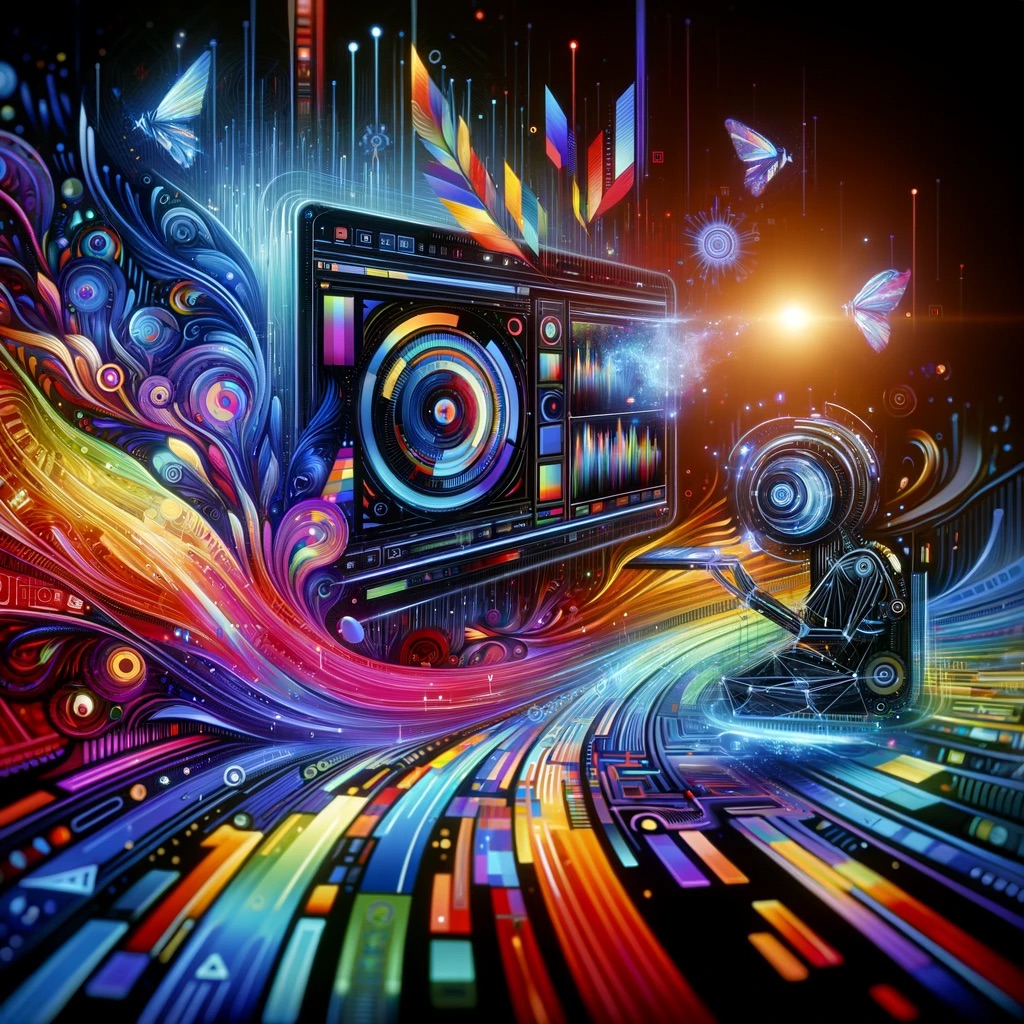
Marketing and Branding
Companies use AI-generated visuals for advertising, social media campaigns, and promotional content, eliminating the need for expensive photoshoots or custom illustrations.
Gaming and Virtual Worlds
AI helps game developers create characters, landscapes, and textures faster and more efficiently, enhancing the gaming experience.
Product Design and Prototyping
AI-generated concepts allow designers to visualize products before manufacturing, streamlining the creative process.
Scientific Research and Data Visualization
AI is used to generate medical imagery, climate models, and astronomical simulations, helping researchers analyze complex data.
How Dall-E Generator Transforms AI Creativity
If you’re curious about whether AI actually creates new images, Dall-E Generator provides a practical example of AI-driven creativity.
How It Works:
- User Input – You enter a text description of the image you want.
- AI Interpretation – The system processes the prompt using deep learning.
- Image Generation – The AI creates an entirely new image based on its understanding.
- Customization – Users can refine elements such as colors, style, and composition.
- Download & Use – The final image is ready for various applications, from personal use to commercial projects.
Key Features of Dall-E Generator:
- High-resolution AI-generated images
- Customizable artistic styles
- Realistic and abstract interpretations
- User-friendly interface for beginners and professionals
With its advanced capabilities, Dall-E Generator empowers users to explore new creative horizons with AI-generated art.
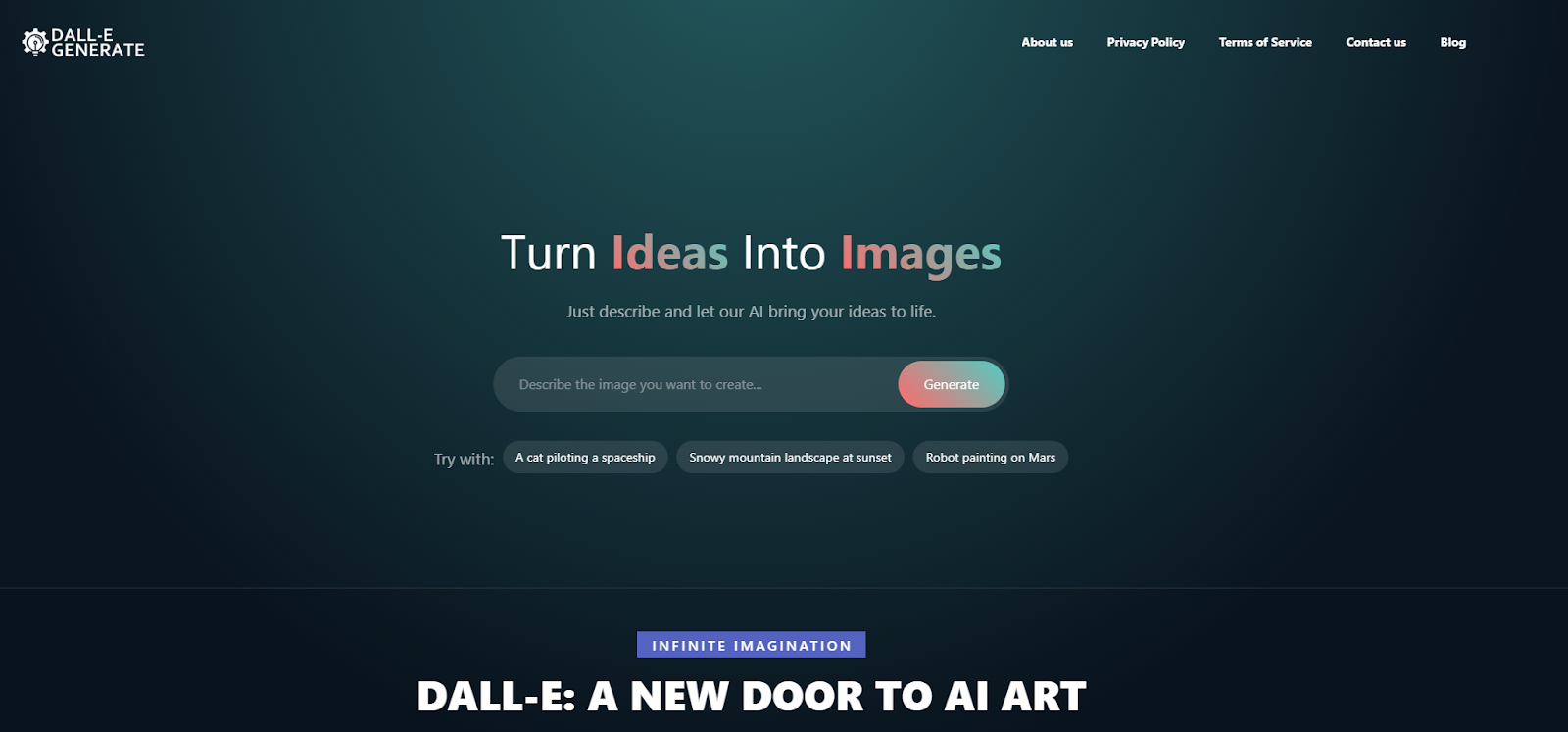
Challenges and Ethical Considerations
While AI-generated images offer exciting possibilities, they also pose ethical and technical challenges.
Ownership and Copyright Issues
- If AI actually creates new images, who owns them? The creator of the prompt, the AI developer, or the public?
- AI-generated works are often in a legal gray area, with ongoing discussions about intellectual property rights.
Bias in AI Models
- AI learns from existing data, which may contain biases. This can lead to skewed or stereotypical imagery.
- Developers must ensure diverse and representative training datasets.

Misinformation and Deepfakes
- AI-generated images can be used to create misleading visuals, raising concerns about misinformation and digital ethics.
- Fact-checking and AI regulation will be crucial in preventing misuse.
The Future of AI-Generated Imagery
AI image generation is constantly evolving, promising even more advanced tools for creative professionals. Future trends include:
Real-Time AI Art Generation
Faster processing will allow users to create and modify images in real-time.
Higher Resolution Outputs
AI capabilities will improve, generating ultra-HD images for professional use.
Interactive AI Artists
Future models may collaborate with users, providing suggestions and refinements to enhance creativity.
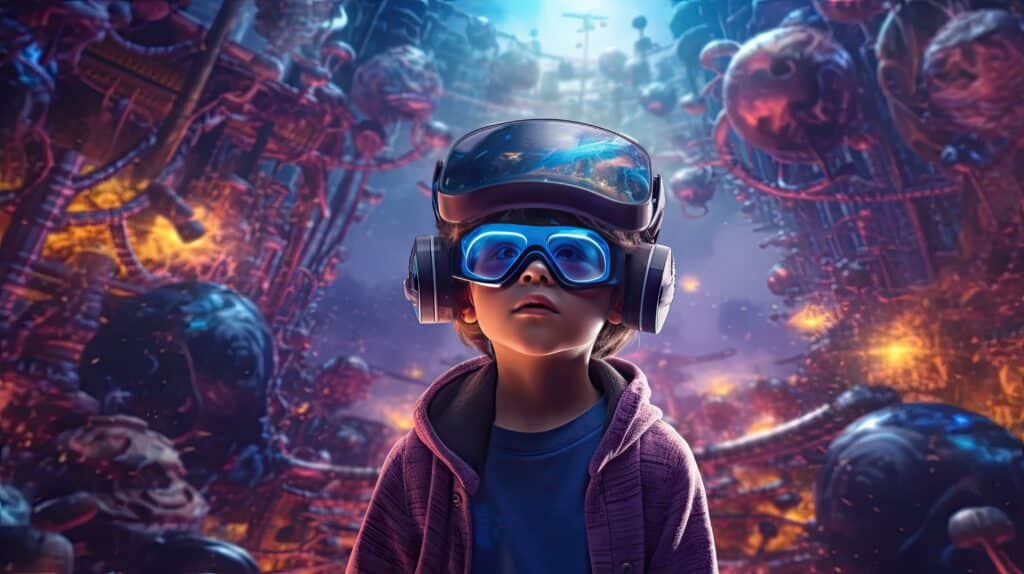
AI-Powered 3D Modeling
AI may expand into 3D design, allowing for automatic generation of virtual environments and objects.
With tools like Dall-E Image Generator, the future of AI-driven creativity is limitless.
Conclusion
So, does AI actually create new images? The answer lies somewhere between yes and no. While AI doesn’t “imagine” visuals as humans do, it does generate unique compositions using deep learning techniques. These images are not exact copies but rather new creations based on learned patterns and user inputs.
As AI continues to evolve, it will reshape the creative landscape, offering new opportunities and challenges. Whether for artists, marketers, or researchers, AI-generated images represent a groundbreaking shift in how we create and interpret visual content.
Explore Dall-E Generator today and experience the future of AI-generated art firsthand


